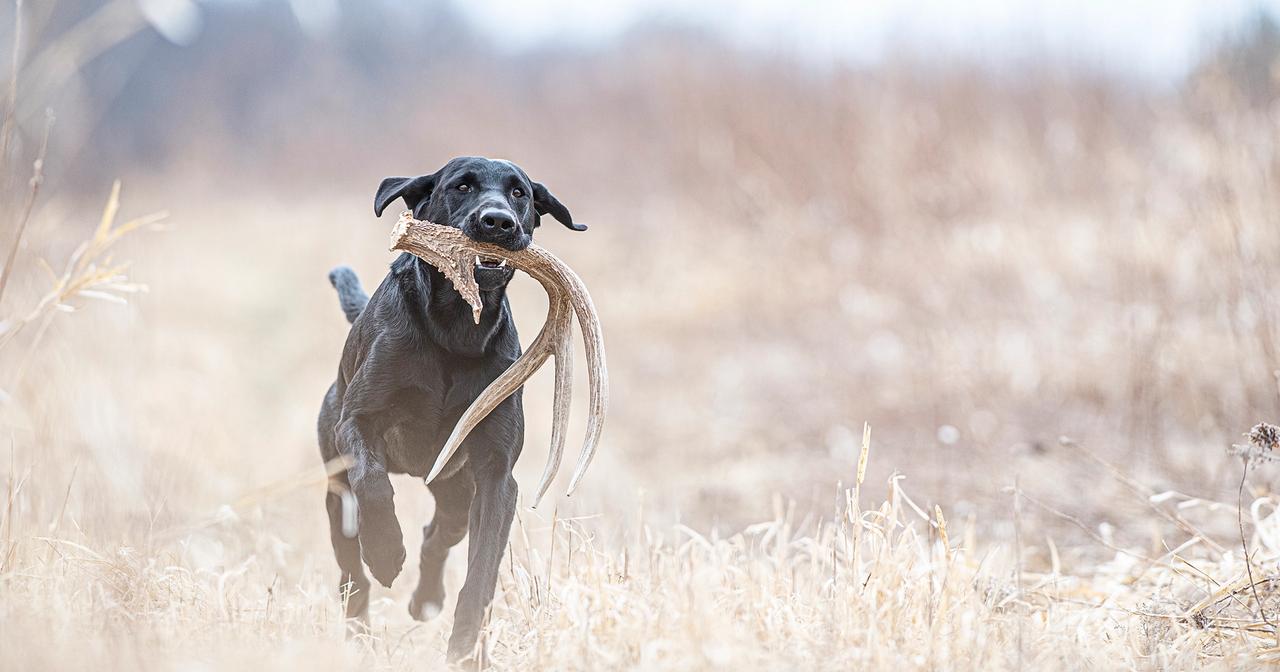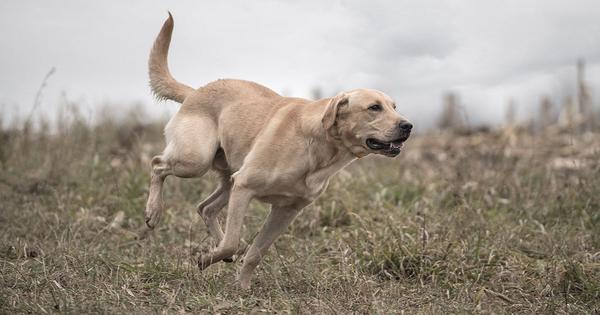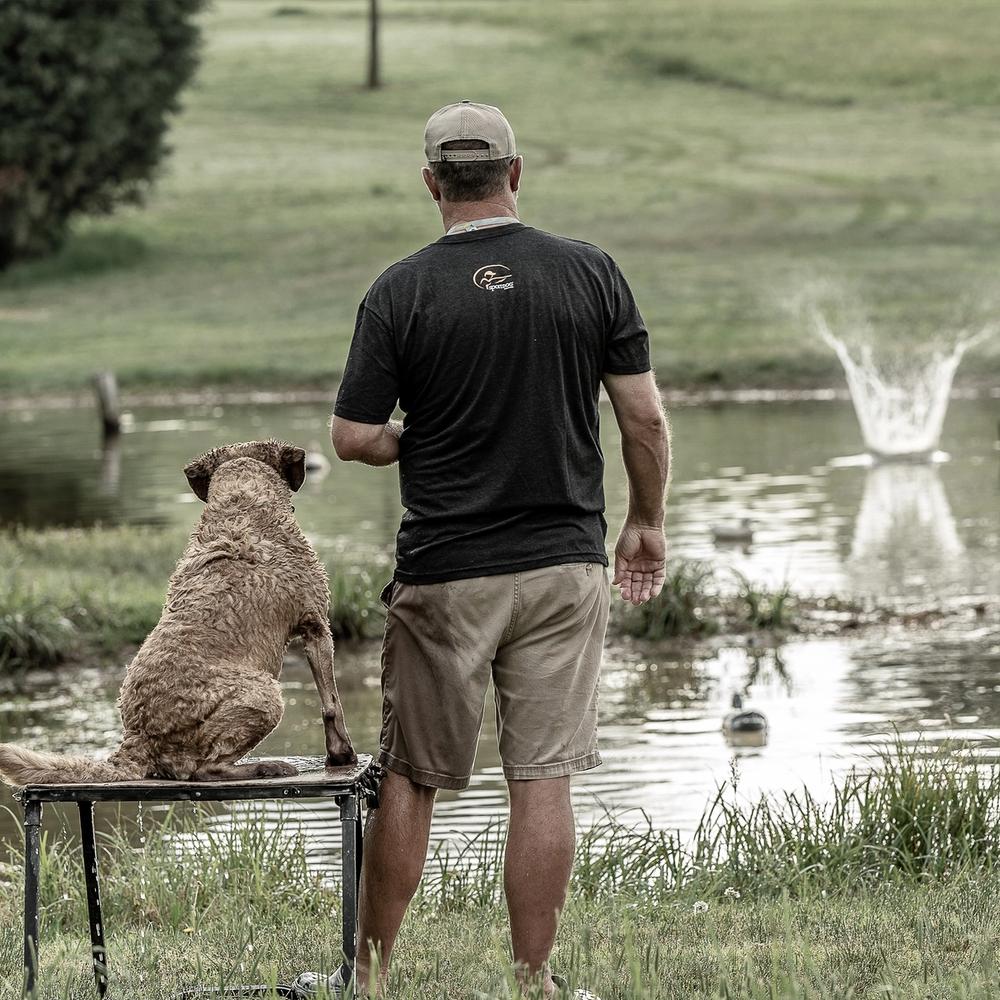
Shed Hunting: Starting Your Dog Out the Right Way - Part 1
Posted by The SportDOG StaffIt’s too bad bird seasons only last a few months. It seems like fall arrives and brings the excitement of pheasant and duck hunting, but then before you know it winter has set in and all you can do is dream and wait for the next season. Thankfully there’s another kind of hunting you can do during the off-season as soon as the snow starts to melt, and it’s a great way to keep your dog tuned up and in shape, not to mention keeping him physically fit: shed antler hunting. Let me help you and your dog get off on the right foot with this fun exercise.
The biggest challenge in getting a dog interested in looking for shed antlers, especially for an older dog, is the fact that there’s no way a piece of bone is going to be as exciting as a warm, live pheasant or grouse. But my dog, Easton, was 5 years old before we started shed hunting and he ended up winning a shed-hunting championship, so it can be done!
The first thing I do is get a shed antler, maybe a small side from a little basket-rack for a puppy or a little larger one for an older dog, and coat it with a product like Dokken’s Rack Wax to give it a fresh smell. Then it’s a matter of teaching your dog that looking for the shed is all about having fun. Get your dog fired up with a lot of “Find the bone! Find the bone!” chatter and then toss the shed a short distance where it’s easy for your dog to see it.
If you’re doing this with a puppy, it’s not much different than when you’re throwing fun bumpers. You’ll want to keep a check cord on him so he can’t run off with the antler or lie down and start chewing on it. Teach him that the sooner he brings it back to you, the sooner he’ll get to go chase it again.
However, in the same way you don’t overdo retrieving drills with dummies or birds, you want to keep these sessions short so your dog is always wanting more. After your dog has figured out that this is every bit as much fun as looking for birds, and is enthusiastically chasing down the antler and bringing it back, the next step is to get him just as excited about searching for sheds out in the field.
I start with simply placing an antler in plain sight out in the yard, and then I use that same, excited “Find the bone!” command I used during retrieving drills. So, now your dog is going to learn to get out and search for sheds just like he does for upland birds. From there, simply transition to hiding antlers in gradually increasing cover so your dog has to learn to use his nose.
When it’s time to go out for an antler-hunting practice session or an actual springtime shed hunt, you can obviously use whatever command you want, but be sure to differentiate between shed hunting and bird hunting. For example, I use “Find the bone!” versus “Hunt ‘em up!” One reason for this is that during shed hunting you want to give your dog the freedom to cover as much ground as possible, whereas in bird hunting you need him to always be within gun range, say, 20 yards or so.
I’ll go into more detail about this, as well as how to get the maximum efficiency out of your new shed-hunting partner in my next article.
Always check your local and state regulations related to dog training and the use of game birds on private and public property.
Related Articles

Shed Hunting: Help Your Dog Help You - Part 2
by The SportDOG Staff
In my last article I described the benefits of shed antler hunting in the off-season and how to get your dog started in this fun sport. Now let me go into more detail about how to teach your dog to efficiently hunt for sheds. A dog has three weapons to use...

Introducing Your Retriever to Upland Hunting
by Rick Grant
One of the most common questions I’m asked when I’m doing training demonstrations for SportDOG is this one: “How do I keep my retriever hunting in range?” Without a doubt, keeping your dog from getting too far out in front of you when he gets on the scent of a...

Training Your Retriever for Double Duty
by The SportDOG Staff
If you own a waterfowl dog, chances are that sooner or later you’re going to ask it to perform upland duty. It might be a pheasant hunt as a sideline to your Dakota duck hunt, or maybe an afternoon of quail hunting after a morning goose hunt. Most retrievers handle...

Upland Hunting in High Cover - Video
by The SportDOG Staff
In this SportDOG Training Tip (originally aired on Pheasants Forever Television) SportDOG Senior Pro Staffer Tom Dokken gives tips on using remote beeper to track and train your hunting dog.

Building a Steady Retriever
by Tom Dokken
A retriever that remains calm in a duck blind and concentrates on watching birds fall is a joy to hunt with. In a perfect world, that’s how all retrievers would behave. While a steady retriever is something that most hunters want, the reality is that very few retrievers are truly...

Keeping the Fun in Retriever Training
by The SportDOG Staff
Wouldn’t it be nice in the middle of a rough day if someone stopped by and said a few words that made all your cares go away? Instantly your negative feelings would disappear and you’d be happy. Well, in retriever training, there is something that can have that effect on...
